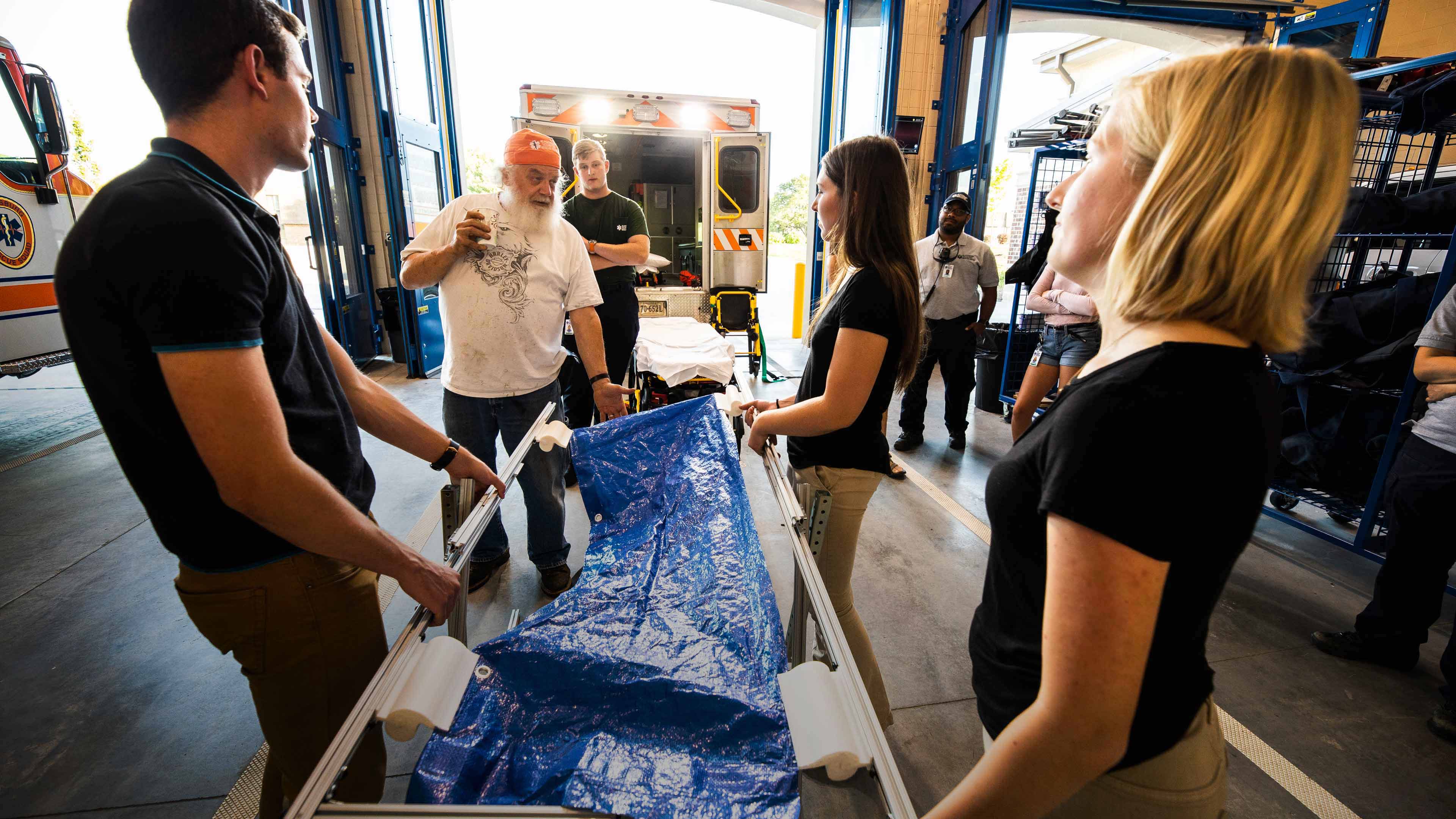A biomedical design organization started by Virginia Tech students developed a device to help first responders lift heavy patients — potentially saving emergency medical service workers from career-ending injuries.
This past March, Andy Cohen was caught in one of the worst snowstorms of the year. The Crozet, Virginia, native who graduated in May with a mechanical engineering degree was on his way back to Blacksburg from touring graduate schools when his flight from Charlotte to Roanoke was canceled.
He and several other strangers, all anxious to get home, decided to rent a car — which Cohen says was mistake number one. Mistake number two was deciding to take an alternate route.
“At first, everything was fine, the route was relatively clear. Then the snow started accumulating, and eventually we were driving in tracks through five inches of snow, so we decided to turn around. That was mistake number three,” Cohen said, laughing.
Ultimately, in an attempt to reverse their course, the group ended up stranded. After exhausting all options to free the car from the snow and deeming the conditions too dangerous to travel in, Floyd County Rescue Squad housed the five individuals overnight at their station, in addition to providing them with hot showers and food.
Coincidently, Cohen was part of an extracurricular biomedical design organization called Bioactivity that was working on a device to help emergency medical service workers lift heavy patients.
“At first, everything was fine, the route was relatively clear. Then the snow started accumulating, and eventually we were driving in tracks through five inches of snow.” -Andy Cohen
“I said, ‘Hey, wait a second, I’m working on this EMS project, maybe you’d be interested in it?’ So after making friends with the people there, I ended up talking to one of the station chiefs and she was really excited about the project,” Cohen said, who is now working on a Ph.D. at Harvard University. “She invited us back for a demo and a month later, we went back with a full fledged prototype.”

The device, called the Emergency Lift Assist, was designed by a Bioactivity subteam called Cascade Rapid Response. The team, advised by Eli Vlaisavljevich, assistant professor of biomedical engineering and mechanics, primarily focuses on the design and implementation of devices to assist first responders and improve patient safety. The Emergency Lift Assist operates by safely and quickly rolling a patient onto a tarp. Once strapped in, a hydraulically powered set of frames lifts the patient with just the push of a button. The device can also fold to navigate tight spaces and traverse staircases.
Although emergency medical service workers have devices to transport patients, lifting them off the ground is another challenge entirely. This device reduces the wait time to load heavy patients by not having to call for extra labor and reduces the risk of injury on emergency medical service workers transporting these patients.
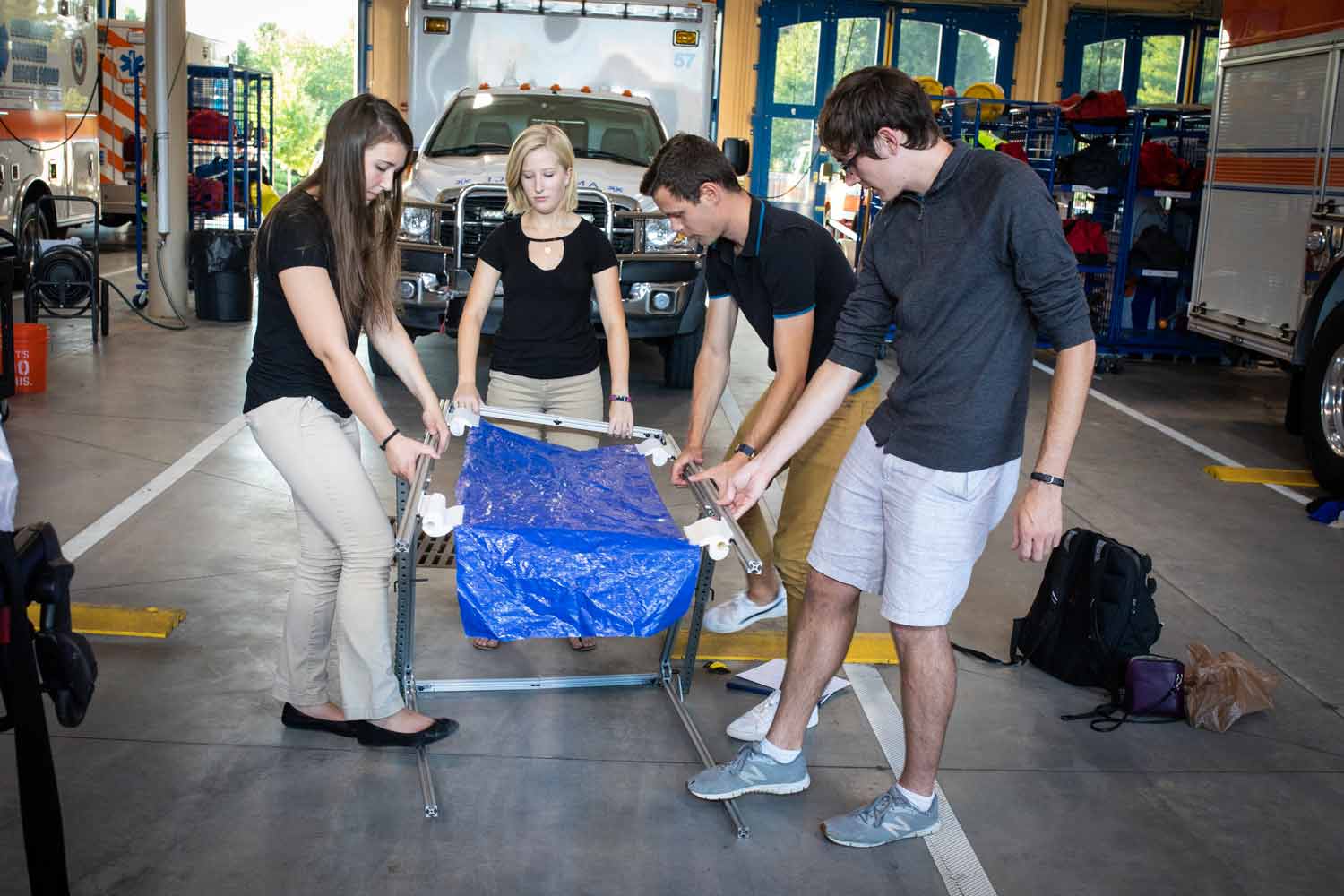
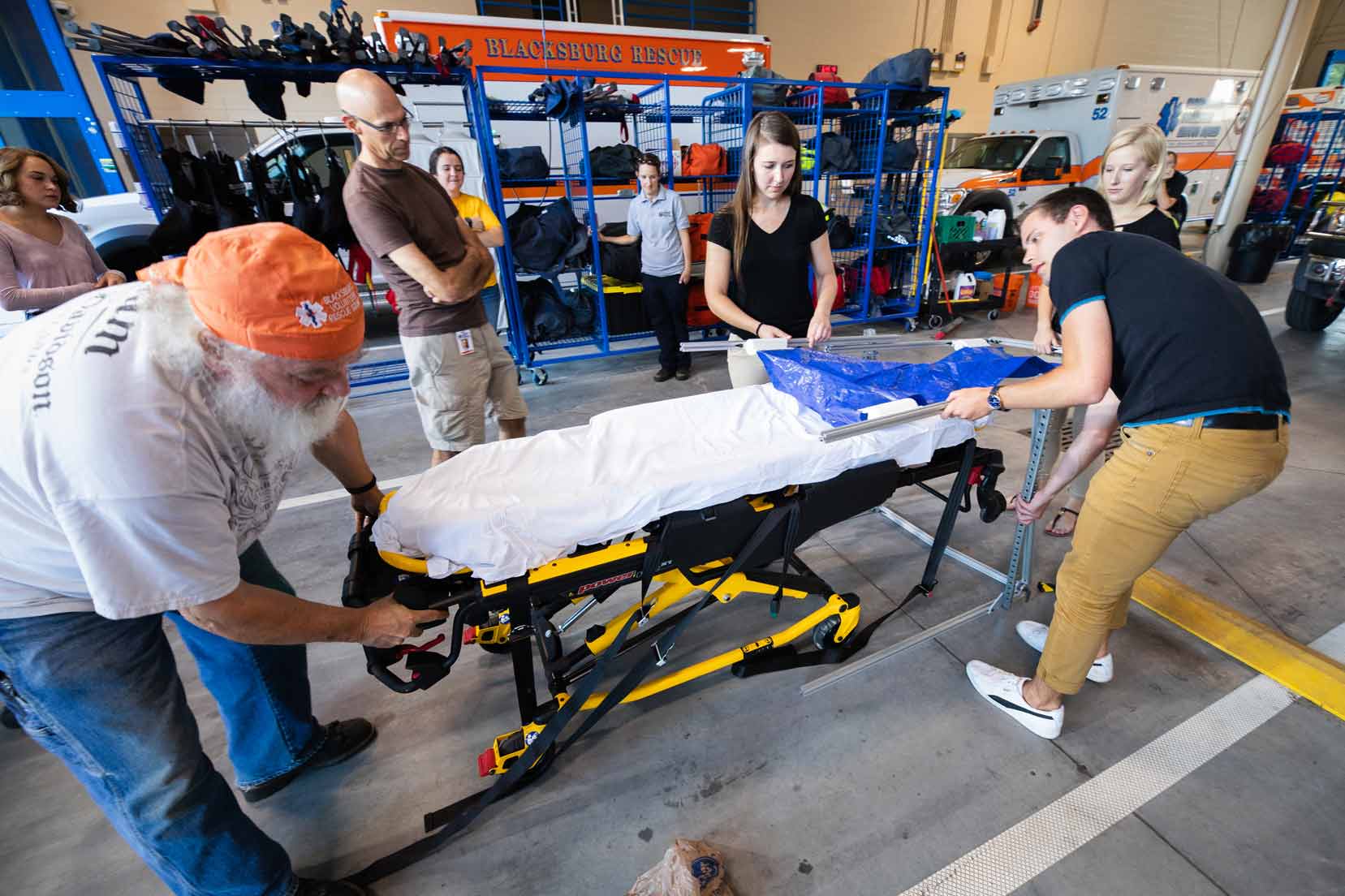
According to data from the National Institute for Occupational Safety and Health’s Division of Safety Research,“overexertion and bodily reaction” is the most common injury emergency medical service workers face annually, typically making up between 30-40 percent of all diagnosed injuries. Within that percentage, almost 50 percent of “overexertion and bodily reaction” injuries are linked to lifting patients.
Floyd County Rescue Squad was especially grateful for the students’ interest in helping them through the implementation of this device.
“The [Bioactivity] team was super to work with and very intelligent and flexible, especially since they asked us for pros, cons, and suggestions,” said Ann Boyd, 1st lieutenant personnel for Floyd County Rescue Squad. “Once it is closer to completion, we agreed to have them come back to take another look.”
Throughout the design process, Floyd County Rescue Squad “didn’t sugarcoat” their feedback, said Rachel Molloy, a senior from Queensbury, New York, studying mechanical engineering, which ultimately resulted in a better product. The rescue squad also made clear their appreciation for the students working on this project in the first place.
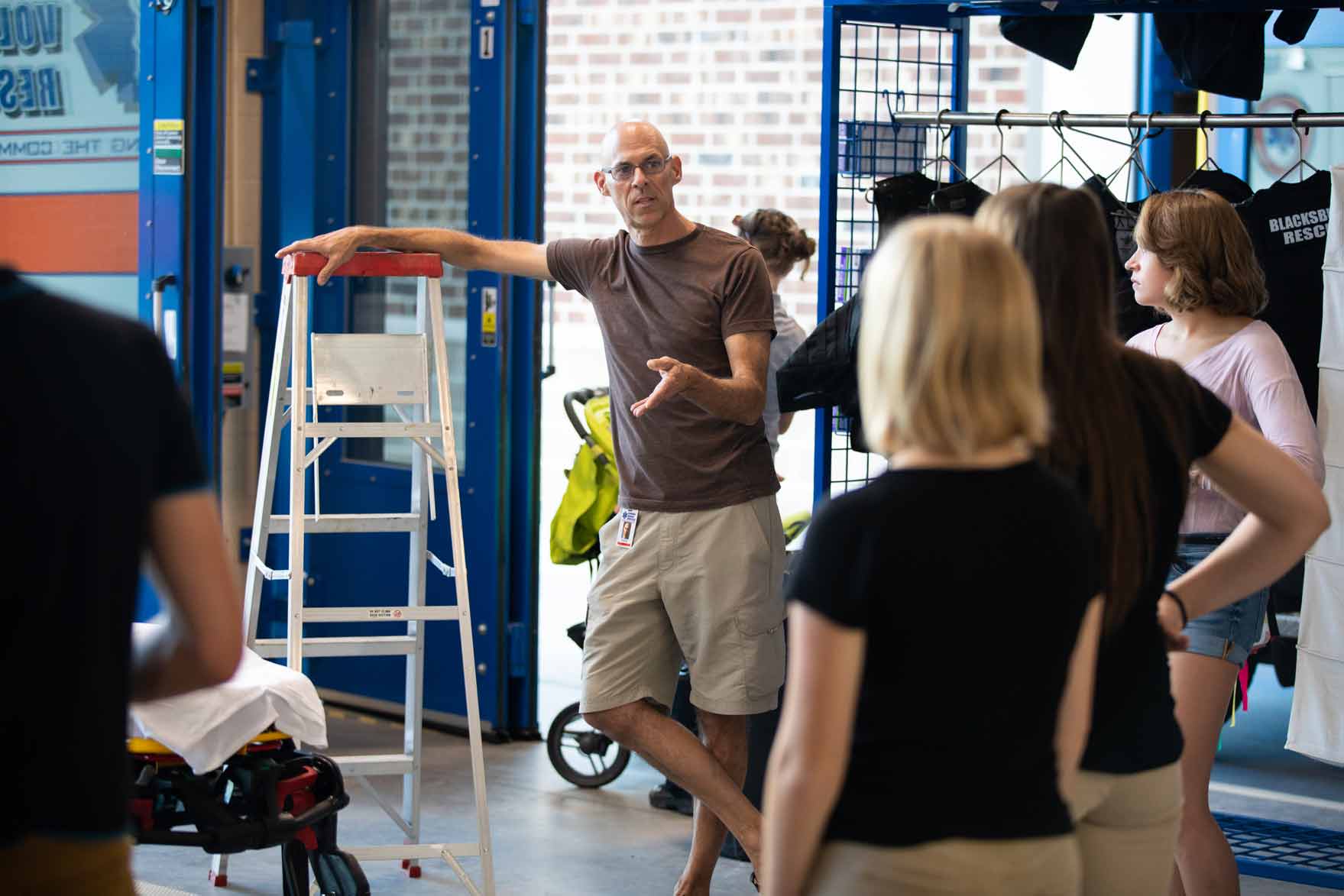
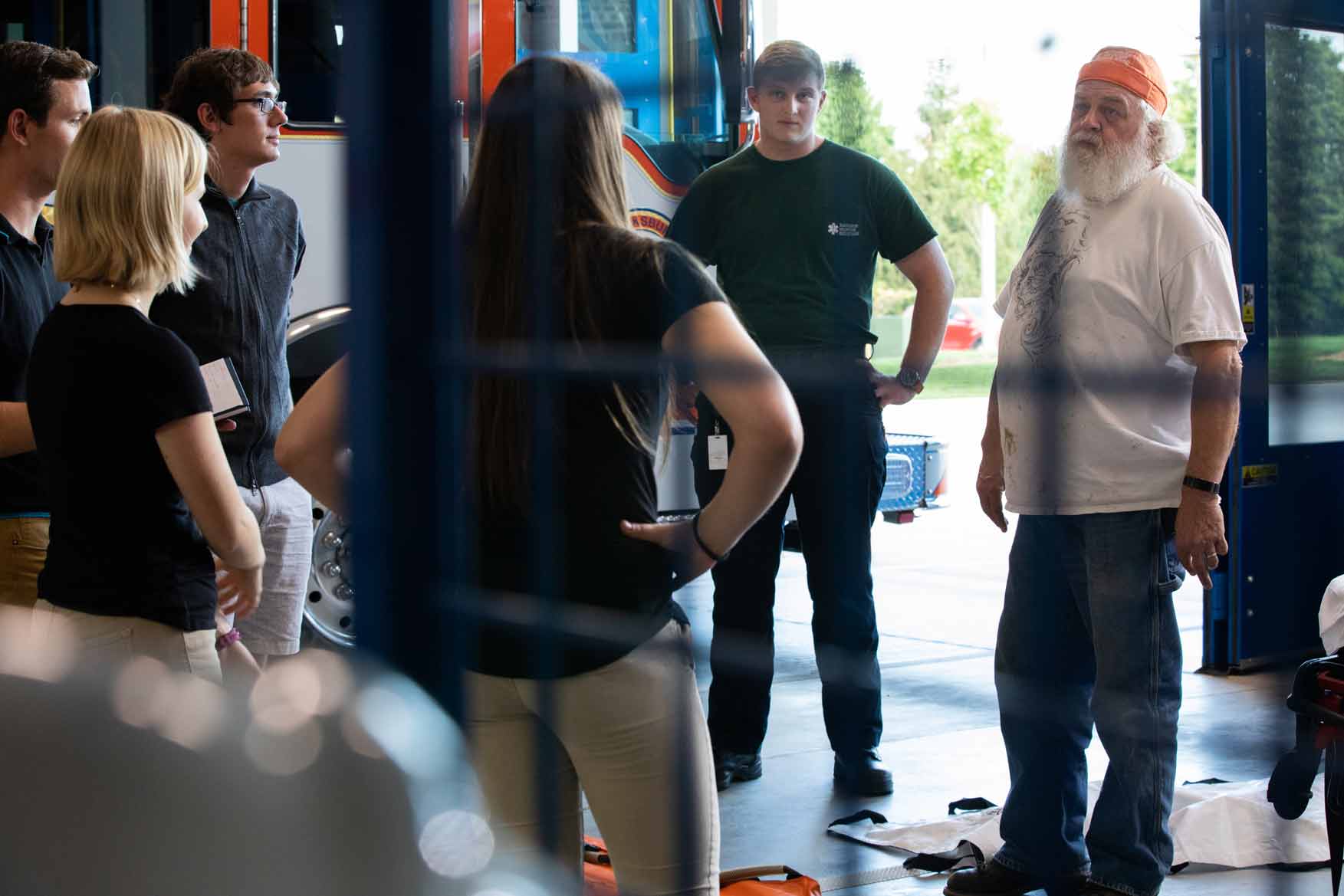
“When we did the demo in front of Floyd Rescue Squad, one of the first things that they said was that they were so happy that we were thinking of them,” Molloy said. “The EMS market is very underrepresented and they were so excited that we weren’t just making a device for a hospital, but we were making it to make their lives easier. The focus is really on the first responders.”
That focus and ability to meet with the people whose lives could be forever changed by the technology ultimately resulted in a major lesson for the budding engineers.
Cohen realized that “the biggest takeaway was how a single sit-down with your key market segment can really change the outcome of your project. It set on us on a couple of new paths that we are excited to pursue.”
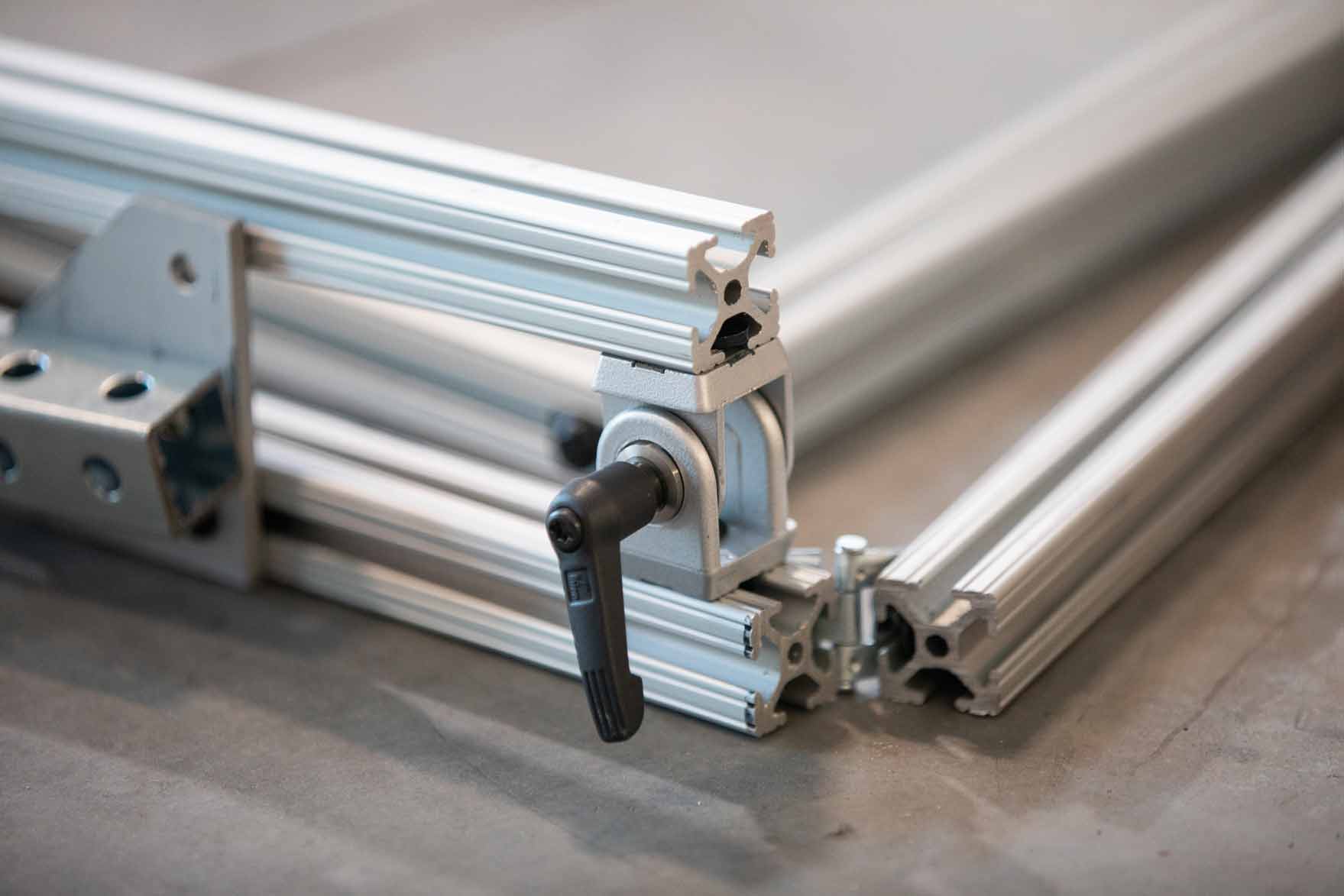
Bioactivity’s goal is to have the device completed by the end of the year. Earlier this year, the student-run group won $5,000 from a pitch competition held by entrepreneurship development organization The Launch Place in Danville. Still, the limited time and resources the students have present major challenges in the implementation of the device.
Despite this, the team feels that this project and being on the Bioactivity team has greatly changed their career trajectories.
Molloy, who started at Virginia Tech as a pre-med student, but quickly realized her passions lie in helping others through engineering.
“This is everything I’ve ever wanted to do with engineering,” Molloy said. “I am designing, working in a team environment, and bouncing ideas off others. When you have a team behind you that believes in the same thing with a common end goal … we’re putting our heads together to come up with the best design — it’s one of my favorite parts and what I love about engineering.”
Blacksburg Volunteer Rescue Squad photos by Peter Means.
If you want to have an impact on our students and faculty like those featured in this magazine, go here to support the College of Engineering. For more information, call (540) 231-3628.
-
Article Item
-
Article Item
-
Article Item
